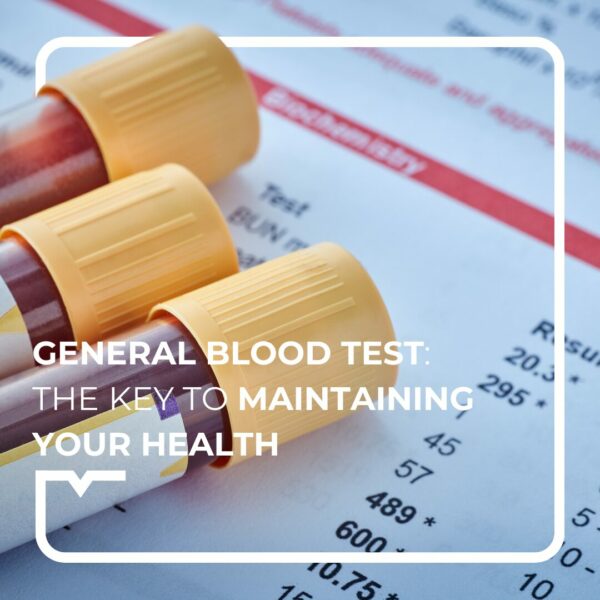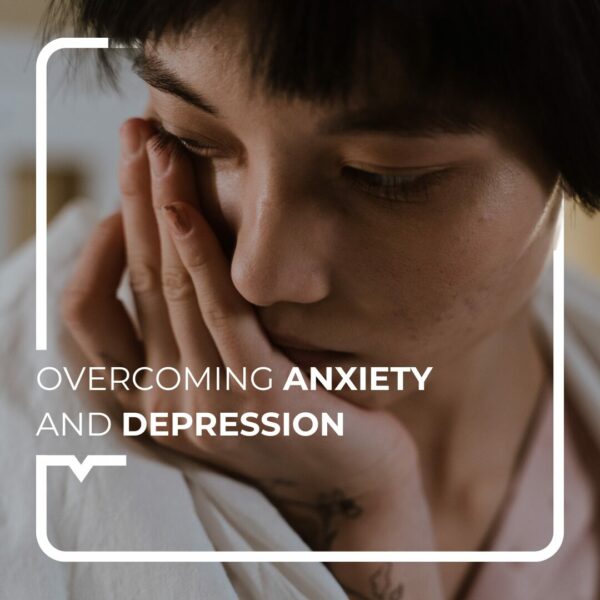Sophie broke her wrist after slipping on the cobblestones in beautiful Lisbon.
This is already the third time in a year that she has broken a bone.
She’s getting tired of it…
Olà, this is Dr Joy!
Sophie, and all of you, today I have written an article that may interest you. We are going to talk about osteoporosis, a disease that affects the bones. I will also share with you 3 tips to prevent it.
Vamoooos!
What is osteoporosis?
Osteoporosis is a bone disease. It is caused by a decrease in bone density, bone mass and therefore bone strength. The bone becomes more fragile, less resistant and, consequently, the risk of fracture increases (fractures of the neck, femur, wrist, vertebrae, etc.).
And ladies, we are the most at risk… In fact, it affects one woman in three after the menopause.
It should not be confused with osteoarthritis, which is the wear and tear and destruction of joint cartilage. It is painful and reduces joint mobility. It mainly affects the large weight-bearing joints: knees, hips and spine.
What are its symptoms?
The main symptom is fracture due to bone fragility. It can occur just from a fall from standing height.
The most common fractures are those of the wrist, vertebrae or neck of the femur. In women over the age of 50, wrist fractures are frequently indicative of osteoporosis.
Fractures of the vertebrae, also known as vertebral compression, are very painful. If they are repeated, they lead to a reduction in height and the risk of a lump developing.
After the age of 80, fractures of the neck and femur are the most common.
What are the risk factors for the disease?
As with all diseases, we are not all at equal risk of developing osteoporosis. Let’s look at the risk factors for the disease.
- Age, gender, heredity and osteoporosis
Ageing is the primary cause of osteoporosis.
Women are also more affected than men. Indeed, the menopause is a contributing factor, especially if it occurs early (before the age of 40).
A family history of osteoporosis should be taken into account.
- Certain treatments
Many drugs cause a loss of bone density. This is the case, for example, with:
- Treatment with high-dose corticosteroids for at least three consecutive months (current or past), for example in rheumatoid arthritis or Crohn’s disease
- Certain treatments lead to a decrease or cessation of sex hormone secretion (e.g. endometriosis treated with antigonadotropic drugs, hormonal treatment of breast cancer, hormonal treatment of prostate cancer, etc.)
- Endocrine diseases
Some endocrine diseases that are treated late can lead to osteoporosis:
- Hyperparathyroidism, which is due to increased secretion from the parathyroid glands
- Hyperthyroidism.
- Deficiencies
Particularly in vitamin D. It affects people who lack sunlight in winter, elderly people with reduced mobility and/or a calcium deficiency due to insufficient intake or an inappropriate diet (rich in salt, proteins and/or coffee).
Vitamin D deficiency causes calcium to leak into the urine and leads to bone demineralisation.
Do not hesitate to ask your doctor for a vitamin D supplement during the winter.
- Lifestyle habits
The lifestyle of people with osteoporosis is often a factor.
Excessive thinness, lack of physical activity or prolonged immobilisation, excessive smoking and alcohol consumption increase the risk of being affected by osteoporosis.
How is osteoporosis diagnosed?
Osteoporosis is mainly diagnosed through an examination, called a bone densitometry. It allows the density of the bones to be assessed. It is painless.
What are the treatments?
First of all, a healthy lifestyle is essential.
Then, some drugs prevent the onset of osteoporosis by intervening before the bones are weakened. Others have a curative effect, promoting bone repair.
The drugs most commonly used to treat osteoporosis are bisphosphonates. These molecules slow down the activity of osteoclasts, the cells that break down bone, thus limiting bone loss.
Taking this treatment can lead to bone complications in the jaw (osteonecrosis of the jaw). This is why doctors first prescribe a pre-treatment check-up, including an oral and radiological assessment.
Before the treatment is started, it is advisable to carry out the necessary dental care: treatment of cavities, removal of infectious foci and dental extractions if necessary.
Subsequently, oral hygiene monitoring and regular follow-up by a dentist are recommended throughout the treatment.
Other drugs are used as a second-line treatment or in special situations. This is the case with hormone replacement therapy (HRT, female sex hormones), which can prevent or reduce bone loss, while relieving the unpleasant symptoms of the menopause.
It is the doctor who will decide whether or not to prescribe these drugs. Many factors must be taken into account (age of the patient, degree of bone loss measured by bone densitometry, etc.). This treatment is most often prescribed for women who have already had several fractures.
Other measures can be implemented, such as home improvements to prevent falls. Finally, the wearing of hip pads may be recommended by the doctor.
How can osteoporosis be prevented?
Osteoporosis can be prevented mainly by improving your lifestyle.
- Adjusting your diet
As we have seen, deficiencies are a risk factor for osteoporosis. It is therefore recommended that you adapt your diet to prevent it.
To do this, give your body calcium. The recommended dose is 1000 to 1200 mg per day. You will find it in: dairy products, cheese and certain mineral waters.
Skimmed or semi-skimmed dairy products provide as much as those made from whole milk, without the disadvantages of fat.
If these intakes are insufficient, then calcium supplements can be prescribed by the doctor.
Next, stock up on vitamin D. It plays a CAPITAL role! Vitamin D promotes the absorption of calcium by the digestive tract. How do you do this? Take advantage of the sun for one hour a day in summer, with your head and arms bare, to store vitamin D for one year. There is no need to expose yourself for several hours! The sun and the skin do not mix well in large doses. If this minimal exposure is not enough, eat foods that contain vitamin D – fatty fish, egg yolks, butter and margarine, etc.
The doctor may prescribe one or two drops of vitamin D per day in winter.
To sum up, prioritise calcium-rich foods (dairy products, calcium mineral water, etc.) and those that provide vitamin D (oily fish, egg yolk, butter, etc.) A sufficient intake of calcium, combined with vitamin D, strengthens bone mass by binding to the bones.
To make sure that your intake is good, you can ask a GP to help you. They will be able to advise you and suggest a diet that limits deficiencies.
- Practise regular physical activity
Physical activity strengthens bones.
Favour activities that cause small impacts on the bones such as: running, tennis, hiking, step, etc. They have a direct stimulating effect on bone-forming activities. They are therefore very good for preventing osteoporosis in the lower limbs.
For the upper limbs it is more complicated. Racket sports are beneficial, but only on the dominant limb. This is also the case with swimming, which mainly involves the upper body.
Depending on the sport practised, it is possible to increase bone capital by 10 to 15%, which is far better than the results of medication. So here we go: And 1, and 2, and 3, and 4, let’s get moving!
- Stop smoking
Smoking accelerates bone loss.
Also, in women who receive hormone replacement therapy to relieve menopausal problems, it accelerates the elimination of estrogens and increases the risk of cardiovascular disease.
It is also possible to stop smoking thanks to hypnosis.
Remember, lifestyle is the main risk factor for osteoporosis. You have the tools at your disposal and the health professionals at Alegria medical centre are here to help you.
See you soon,
Beijinhos,
Dr Joy!
Sources:
This information is not a substitute for medical advice.
You must seek the advice of your doctor or another qualified health professional with any questions you may have regarding your health condition.



